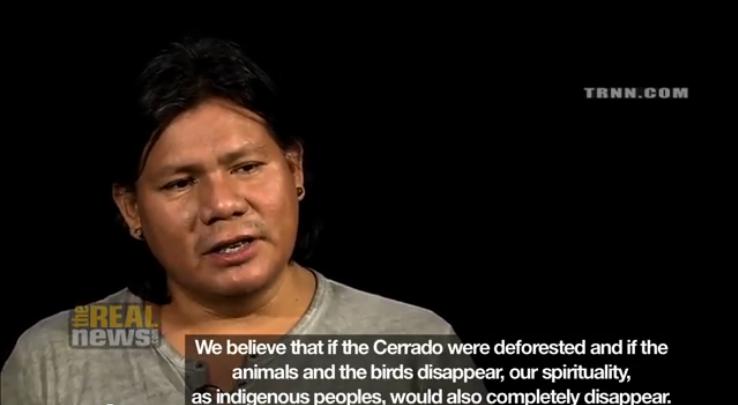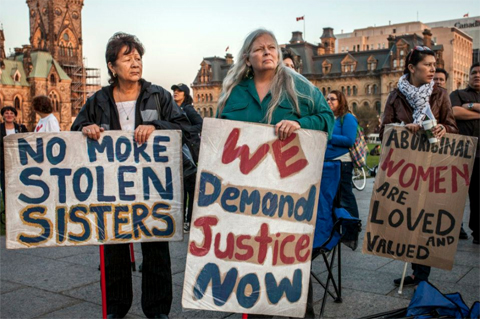
by DGR News Service | Aug 5, 2014 | Education, Indigenous Autonomy, Male Violence
By No More Silence
As Indigenous peoples, working for justice for #MMIW is a process that starts within our own communities. The launch of this website is one example of the resurgence of community documentation as justice.
In April of 2013, No More Silence, Families of Sisters in Spirit and the Native Youth Sexual Health Network began what has become a long term vision for a community-led database documenting the violent deaths and disappearances of Indigenous women. It is our collective hope that the lives of Indigenous Two Spirit, lesbian, gay, bisexual, transgender, transsexual, queer, questioning, intersex, and asexual (LGBTTQQIA) will also be recognized as gender based violence also impacts these communities and is often invisibilized.
The website is available for viewing at: www.ItStartsWithUs-MMIW.com
FSIS, community partner on this initiative indicated that they “support a grassroots led community database because Indigenous people are first and foremost the experts in gathering data and information about missing and murdered Indigenous women”. The launch of this website is an outcome from many community conversations with impacted families and individuals affected by colonial gender based violence.
1 year later and still no justice…The purpose of the database is to our honour women and provide family members with a way to document their loved ones passing. As the one year anniversary of Bella Laboucan-Mclean’s death approaches the family has provided the first of many tribute pieces on the website, available to read at: www.ItStartsWithUs-MMIW.com/bella
According to Melina Laboucan-Massimo, “Our family still does not have answers from the Toronto Police about Bella’s death which is still listed as suspicious. We appeal to anyone with information to come forward with answers. We urge the Toronto Police to investigate her death as if Bella were part of their own family and not just another police statistic. This new website and database gives families like ours the ability to not only document the lives of our loved ones but also commemorate and celebrate their lives and achievements.”
As the search for answers persists, we continue to urge the Toronto Police Service to maintain their focus on the details surrounding Bella’s death as the family and larger community follow this case closely. We are honoured to have Bella’s story be the first tribute that is shared on the website as a way of recognizing her life and spirit.
We also call attention to Sonya Cywink, murdered in London, ON who’s family and community are preparing a memorial on the 20th anniversary of her passing and are also holding out hope that one day they will uncover the mystery surrounding her murder.
Krysta Williams of the Native Youth Sexual Health Network and community partner, “We know there are many other stories, families and anniversaries, this is just the beginning. We continue to build capacity within our networks to respond and support.”
For more information and background on #ItStartsWithUs please read “Supporting the Resurgence of Community-Based Responses to Violence” at: http://www.nativeyouthsexualhealth.com/march142014.pdf
No More Silence Media Contact:
Audrey Huntley
Phone:647-981-2918 Email: audreyhuntley@gmail.com
Bella’s Family Media Contact:
Melina Laboucan-Massimo
Phone:780-504-5567 Email: miyowapan@gmail.com
Native Youth Sexual Health Network Media Contact:
Erin Konsmo, Media Arts Justice and Projects Coordinator
Email:ekonsmo@nativeyouthsexualhealth.com
From Warrior Publications: http://warriorpublications.wordpress.com/2014/07/16/database-website-for-missing-and-murdered-indigenous-women/
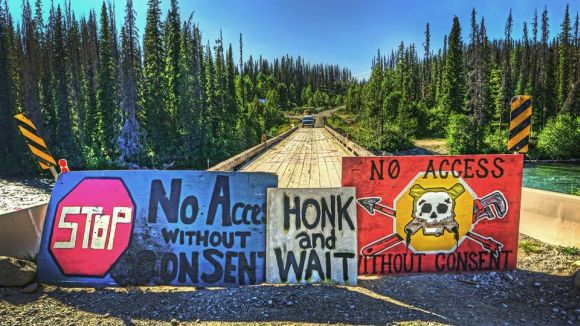
by DGR News Service | Jul 24, 2014 | Indigenous Autonomy, White Supremacy
Photo Credit: David Clow
By Will Falk / Deep Green Resistance
Each night Unist’ot’en Clan spokeswoman, Freda Huson, and her husband Wet’suwet’en hereditary chief Toghestiy fall asleep on their traditional land not knowing whether the Royal Canadian Mounted Police are going to storm their bridge in the depths of night.
Each winter, when Freda and Toghestiy ride their snowmobiles down forestry roads to bring in supplies, to hunt, or to check their traplines, they don’t know whether they will find piles of felled trees maliciously dragged across their paths.
Each time Freda and Toghestiy leave their territory for a few days they don’t know if they will return to find another attack in an old tradition of cowardly arson perpetrated by hostile settlers on Wet’suwet’en territories leaving smoking embers where their cabin once stood.
I ponder this as I sit in a workshop with other settlers during the 6-day Unist’ot’en Action Camp – a series of workshops hosted on the traditional territories of the Unist’ot’en Clan of the Wet’suwet’en Nation to promote strategic planning and co-ordination in the struggle against the spread of fossil fuel pipelines. This particular workshop is designed as a discussion to promote understanding about how settlers can work in better solidarity with indigenous peoples struggling to protect their homes and carrying out their responsibilities to the land.
Most of the ideas discussed revolve around decolonizing our hearts and minds to learn to see the role non-indigenous peoples are playing in the genocidal processes threatening the survival of indigenous peoples. Some of the ideas involve material support for indigenous peoples engaged in front line resistance like the Unist’ot’en. A few even suggest that settlers become physically present next to indigenous peoples on the front lines.
But, I am troubled. We have skipped something. What exactly do we mean by “solidarity?”
***
A common scene from my life as a public defender shows me – a white man in a suit and tie – sitting next to a shackled African, Chicana, or indigenous mother in a courtroom. In front of us sits a judge – an older white man in black robes. Across from us sits the prosecutor – another white man in a suit. Directly behind us, where he is felt more than seen, stands a big white man in the brown uniform of a sheriff’s deputy. He has a gun on one hip, a taser on the other, and the keys to my client’s shackles on a loop on his belt.
My client stares at the judge in a mix of horror and hatred as she is sentenced to prison for stealing from a supermarket to support her children or for lying to a police officer about her name because she had outstanding parking tickets and had to get the kids to school or for punching a cop when the latest in a long list of arbitrary stops by police officers finally caused something inside of her to snap.
As the judge announces how many days in jail my client will be spending, she reaches for my arm with tears in her eyes and asks, “Mr. Falk, won’t you do something?”
I cannot meet her gaze. I tell myself there’s nothing I can do. There’s no argument I can make to sway the judge. There’s no way to stop the sheriff’s deputy behind us from leading my client back down the long concrete tunnel connecting the courthouse and the city jail.
I try to comfort myself. What does she want me to do? Yell at the judge? Tackle the deputy? Spit on the prosecutor for his role in sending this mother to jail?
***
We gathered to sit on wooden benches arranged in a half-circle on a hot and sunny morning during the Unist’ot’en Action Camp to listen to two indigenous men speak about their experiences on the front lines of resistance. Each man had been shot at by police and soldiers, each man had served time in jail, and each man received utter respect from each individual listening.
The first man faced 7,7000 rounds fired by the RCMP at the Gustafsen Lake Stand-off in 1995 when a group of Original Peoples occupied a sacred site on a cattle ranch on unceded Canoe Creek First Nation land because the rancher tried to prevent their ceremonies. For his part at Gustafsen Lake, he was sentenced to five years in prison. During the Oka Crisis in 1990 when the town of Oka, Quebec sought to build a golf course over a Mohawk burial ground, the second man and his comrades blockaded several small British Columbian towns shutting down their local economies. He, too, was convicted and spent time in jail for his actions.
The second man said the blockades were carried out “in solidarity” with the resisters at Oka. This was the only time either of the men mentioned the word “solidarity.” They spoke of supporting resistance, praying for resistance, and helping with ceremonies. But, it was only when engaged in actions where co-resisters placed themselves in similarly dangerous situations that the term “solidarity” was used.
***
I got back from Unist’ot’en Camp earlier this afternoon and checked my email for the first time in days. My inbox was inundated by emails from various list serves proclaiming “Solidarity with Palestine!”
Meanwhile, in Gaza, occupying Israeli bulldozers are demolishing the homes of Palestinian families with suspected ties to Hamas while colonial Israeli bombs are indiscriminately falling on men, women, and children adding to the pile of dead numbered at well over 500 corpses and counting.
“That’s terrible, Will,” you may be thinking. “But what do you want me to do about it?”
Put yourself in Gaza right now. Dig a pit in your back yard, turn your ear anxiously to the sky, and keep the path to your back door clear, so that when you hear the hum of jets overhead you can sprint to your makeshift bomb shelter.
Look down the street for bull-dozers. When you spot one, grab the nearest bag in a panic, shove as much food into it as possible, scramble for some clean underwear, find your toothbrush, and sprint out the door without a look back for the nearest safe space.
Stand over the broken corpses of your children in the pile of dust and ashes that used to be their bedroom. Moan. Weep. Wail. When you wake up for the first time without crying, feel the anger burn through your chest and down your arms into your clinched fists. Ask yourself what you should do next.
Ask yourself: What does solidarity look like?
***
Maybe there really was nothing I could do to stop my clients from being hauled to jail in those courtrooms of my past. Unfortunately, I tried not to think about it too much. Placing myself in that vulnerable of a situation was too scary for me. If I argued too strongly, too fervently the judge could fine me. If I yelled at the prosecutor I could be held in contempt of court. If I spit on him, I certainly would be held in contempt of court. If I tried to stop the deputy, I would be tasered and taken to jail. I might even be shot during the scuffle and killed.
The truth is indigenous and other resisters are being dragged to jail, tasered, and even shot and killed every day on the front lines. And, they’ve been on the front lines for a very long time. I’ve realized that freedom from the vulnerabilities frontline resisters experience is a privilege and the maintenance of this privilege is leaving resisters isolated on front lines around the world.
It is time we understand exactly what solidarity looks like. Solidarity looks like the possibility of prison time. Solidarity looks like facing bullets and bombs. Solidarity looks like risking mental, spiritual, and physical health. Solidarity looks like placing our bodies on the front lines – strong shoulder to strong shoulder – next to our brothers and sisters who are already working so courageously to stop the destruction of the world.
Browse Will Falk’s Unis’tot’en Camp series at the Deep Green Resistance Blog
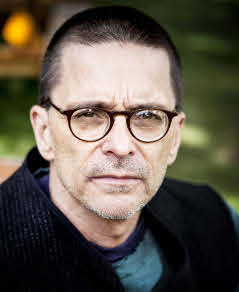
by DGR News Service | Jul 19, 2014 | Gender, Women & Radical Feminism
Deep Green Resistance condemns in the strongest possible terms the decision of Monkeywrench Books in Austin, Texas to cut ties with activist Robert Jensen. Robert has received a massive amount of criticism recently for his article “Some Basic Propositions About Sex, Gender and Patriarchy”, in which he makes public his support for women. That so many have been quick to turn on a seasoned activist for the crime of saying that females exist is not surprising; the women of DGR, like thousands of radical women throughout history, know all too well the threats, insults, denunciations, and other abuse that comes to those who question the genderist ideology and stand with women in the fight for liberation from male violence.
Deep Green Resistance would like to publicly thank Robert Jensen for his activism and offer our support in this trying time. In a world where so-called “radical” communities are blacklisting actually radical women at a breakneck pace – while pedophile rapists like Hakim Bey and misogynists like Bob Black are welcomed with open arms – Robert has been a uniquely positive exception to the Left’s legacy of woman-hating. His contributions to the discussion around radical opposition to pornography, prostitution, and other forms of violence are especially valuable. DGR would like to acknowledge Robert’s efforts as a model for male solidarity work and offer our full support. The men of DGR specifically would like to extend a thanks to Robert for his huge influence in many of their lives.
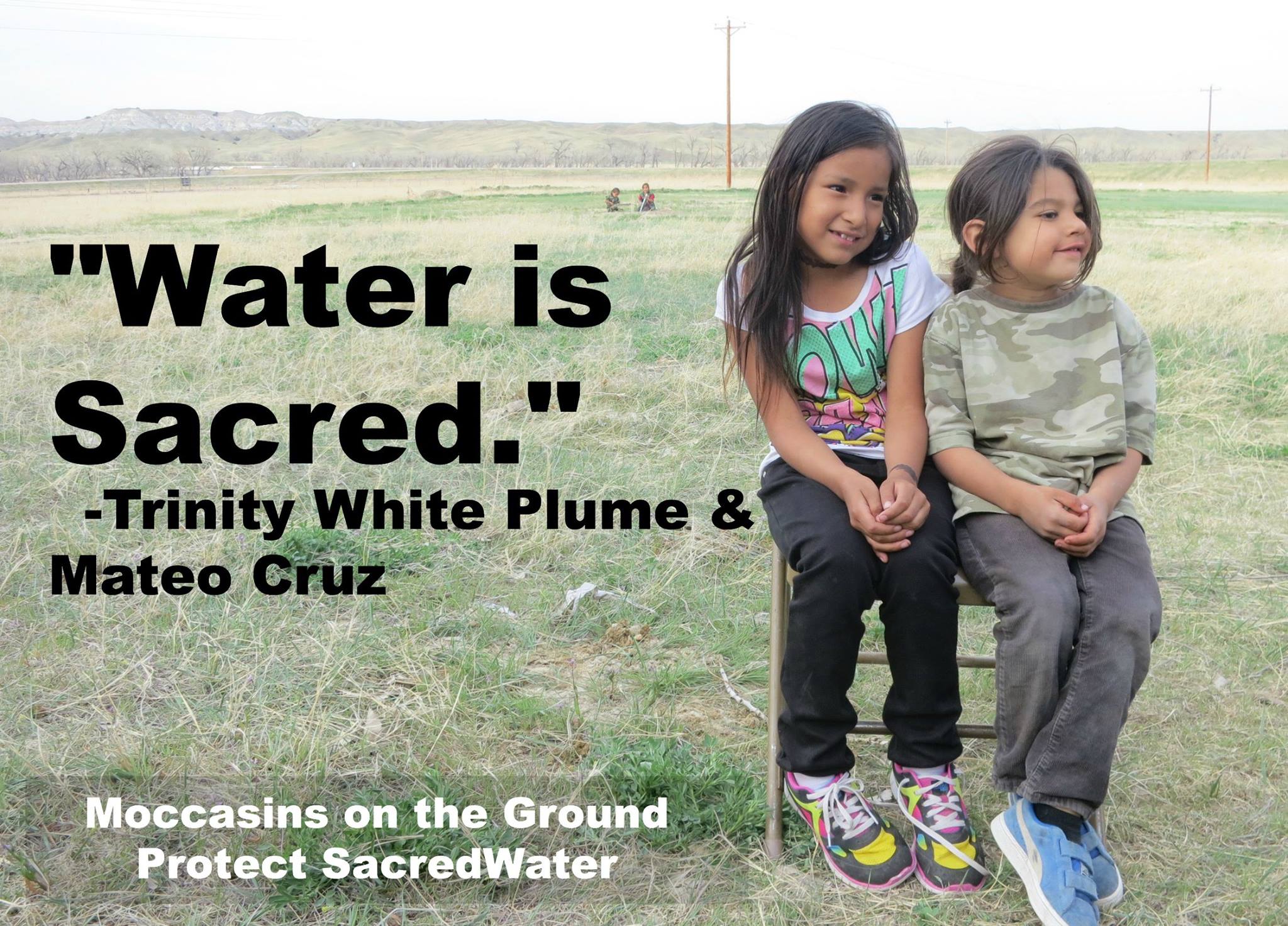
by DGR News Service | Jun 17, 2014 | Indigenous Autonomy, Mining & Drilling
Deep Green Resistance is dedicated to the fight against industrial civilization and its legacy of racism, patriarchy, and colonialism. For this reason, DGR would like to publicly state its support for the Oglala Lakota in their current fight against the genocidal mining operations of the Cameco Corporation.
Cameco is currently attempting to expand its already illegal resource extraction campaign despite undeniable evidence that their abuse of the Earth is leading to increased rates of cancer, diabetes, and other life-threatening illnesses among the Lakota people.
The only acceptable action on the part of the Cameco Corporation is immediate cessation of any and all mining activities in the ancestral home of the Lakota people; anything else will be met with resistance, and DGR will lend whatever support it can to those on the front lines.
The indigenous peoples of this land have always been at the forefront of the struggle against the dominant culture’s ecocidal violence, and DGR would like to offer its support and encouragement to Debra White Plume, the Lakota activist group Owe Aku, and all other indigenous women and men fighting for the future of the planet. The time for resistance is long past, and we are thankful every day that the Earth has warriors like the Oglala Lakota fighting in its defense.
For more information, please visit Owe Aku International at http://oweakuinternational.org/
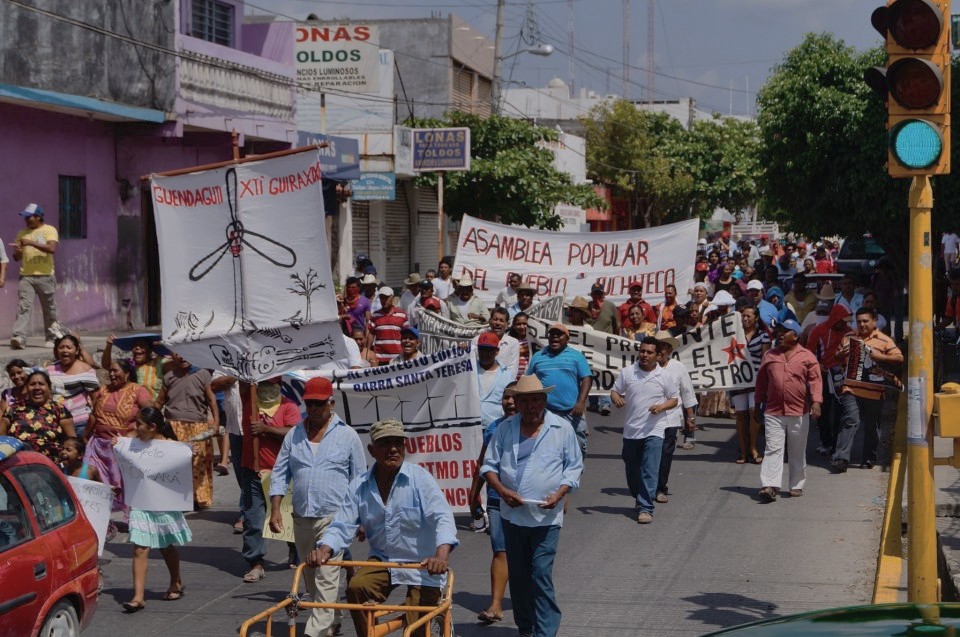
by DGR News Service | Jun 17, 2014 | Biodiversity & Habitat Destruction, Indigenous Autonomy
Deep Green Resistance stands in sympathy and solidarity with Don Celestino Bartolo and the farmers and residents of the municipality of Juchitan de Zaragoza as well as all those who live on the Isthmus of Tehuantepec, as they suffer and resist Gas Natural Fenosa’s Biío Hioxo Wind Energy project. Like most large infrastructure projects, the Biío Hioxo Energy project ignores how indigenous communities use the land for food, sacred places, and community integrity. This project harms the land by destroying soils, forests, and natural spaces, as well as with noise and visual pollution.
Projects like this threaten the way of life of the residents of Juchitan de Zaragoza and the Isthmus of Tehuantepec, and destroy the land. It is typical of the destructiveness of civilization and the unbridled greed of capitalism. Biío Hioxo Energy also serves as an object lesson in the folly of green technology, and deserves our condemnation and resistance.
Indigenous peoples have always been at the forefront of the struggle against the dominant culture’s ecocidal violence. We are heartened by the strength of the people of Tehuantepec, who are resisting with strength and desperation. DGR offers its support and encouragement to those on the front lines of the fight to save the planet, and despite our lack of experience and membership in the region we will support the struggle in whatever way we can.
For more information on the Biío Hioxo project, see http://www.cipamericas.org/archives/12042
